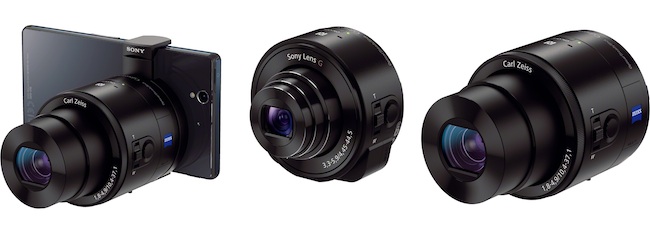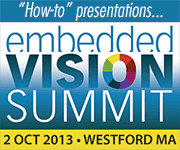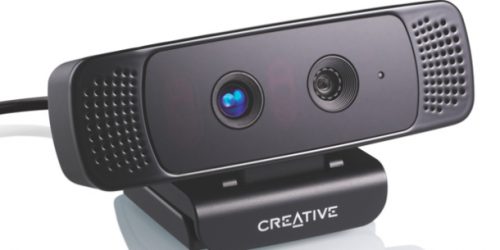Sony’s Accessory Approach To Optical Zoom Is Inventive, But May Require Too Much Pocket (and Wallet) Room
Smartphones and tablets are compelling platforms for implementing embedded vision applications for numerous reasons, as I've already written and spoken about on several past occasions. High-resolution image sensors combine with robust application processors (often containing dedicated image processor and/or DSP cores) and equally robust operating systems and APIs, and high shipment volumes and service provider […]









